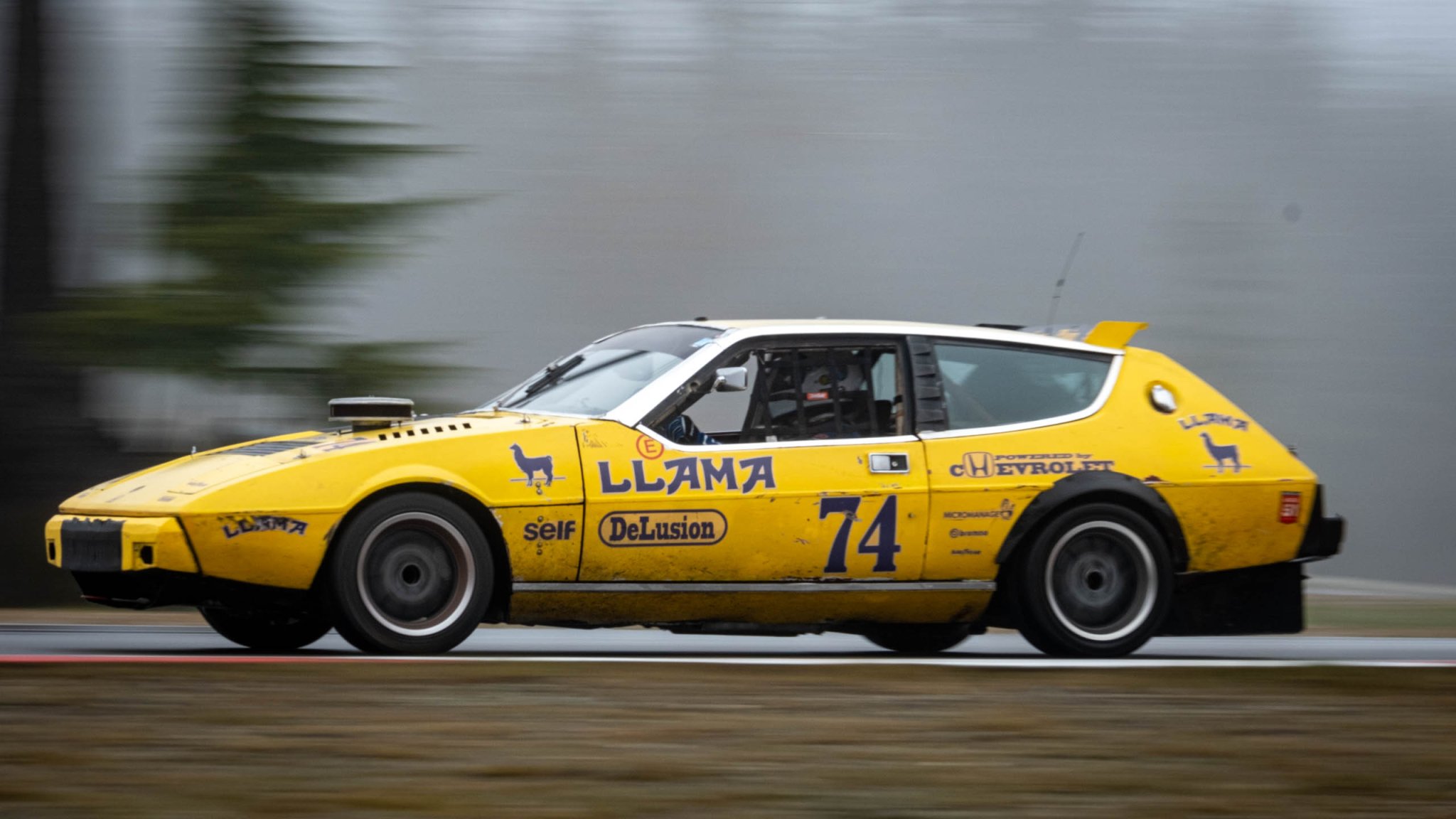

The Drive’s Editor-in-Chief Kyle Cheromcha will say we don’t have a professional photographer on staff. I resemble that remark. Nonetheless, I spend many weekends every year photographing—and judging—24 Hours of Lemons races across the country. It’s how I stay weird, learn more about cars, and avoid sleep.



For photographers and car people alike, 24 Hours of Lemons races are a target-rich environment. There are a few race series that embraces the spirit of enthusiasm and ingenuity, but none that I know of that offer similar access. The 24 Hours of Lemons people and cars are accessible and interesting—emphasizing all of the above.



When I’m photographing a race, I’m mostly alone in the middle of nowhere and hiking for miles. In the dozens of races I’ve shot, I’ve learned a photographer’s three best tools are their cameras, their footwear, and their headphones. My boots have saved me multiple times from trench foot, my headphones have pumped hours of bluegrass, hip-hop, punk, and jazz into my earholes.
One of the best photographers and race car drivers you’ve never heard of, Jeff Zwart, told me once that his priority in pictures is to give the viewer the same sensation of speed that he feels behind the wheel. He’s done a pretty good job of that in his career: he was the second-unit director for “Rush.”



That’s the very best I can hope for in my photos. Panning shots are a go-to for me, not only because, when done well, they convey speed but also because the very best ones are a “photographer’s photo.” DW Burnett, Unicornrows, Larry Chen, Nathan Leach-Proffer and others elevate “panos” to an art. Panos require slowing a shutter down to relatively slow speeds and dragging the camera along with the car while fixing the focus on a specific place on the car, usually the numbers or door. (Photo tip: Set the film speed to as low as you can go, ISO 200 or so, and dial up the aperture to f9 or higher while letting the camera determine the shutter speed. Aim between 1/125th or 1/80th if you’re starting.)

Other times, I’ll pick a point on the track where I know there’ll be suspension compression or suspension unloading. That’s where you’ll get leaning shots or tripod shots like you can see here. Those are always 1/320th or faster, a freeze frame shot to capture a split second of the action. For shots like these, a camera’s servo or continuous focus can be the enemy: dialing in manual focus and knowing your lens’ focal planes pays off in spades.
These photos are from the 2023 Pacific Northworst race, held last weekend in Shelton, Washington, near Seattle. The weather ranged from sun to rain to snow to fog, in other words: a difficult weekend of shooting. These photos were taken on a Fuji XT-4, with 16-55mm or 100-400mm lenses. I hope you enjoy them. – AC




